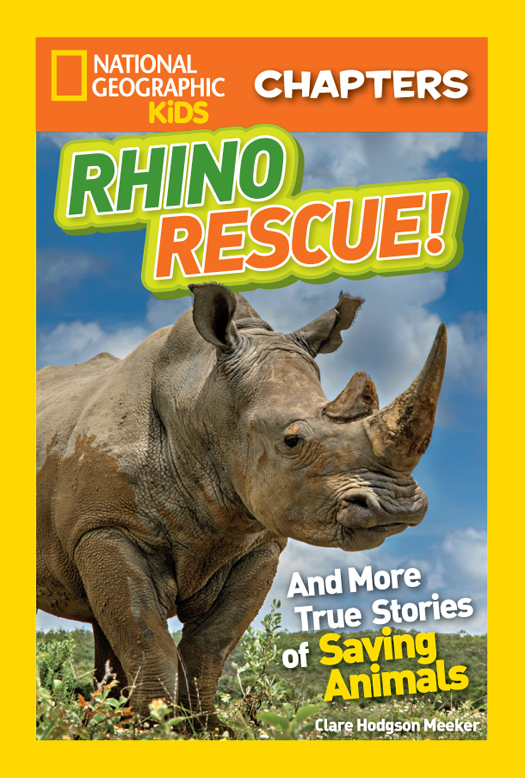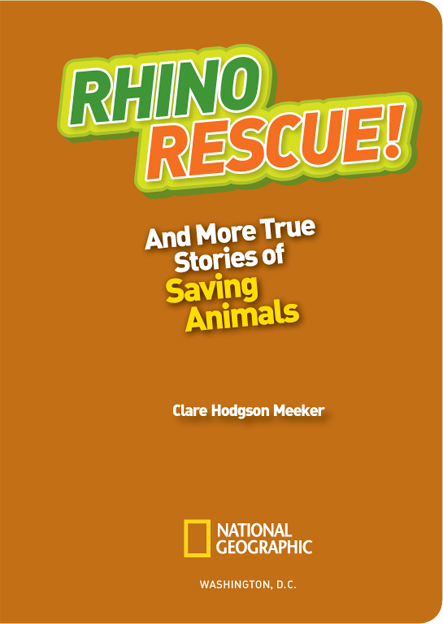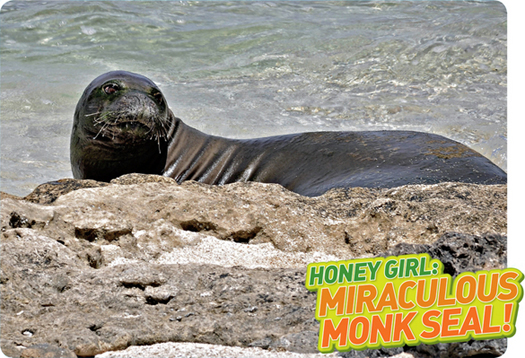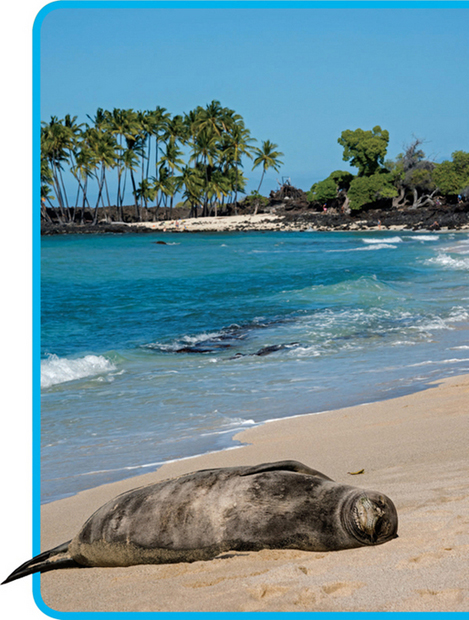Copyright 2016 National Geographic Society
All rights reserved. Reproduction of the whole or any part of the contents without written permission from the publisher is prohibited.
Staff for This Book
Shelby Alinsky, Project Editor
Callie Broaddus, Art Director
Ruth Ann Thompson, Designer
Bri Bertoia, Photo Editor
Brenna Maloney, Editor
Paige Towler, Editorial Assistant
Rachel Kenny and Sanjida Rashid, Design Production Assistants
Tammi Colleary-Loach, Rights Clearance Manager
Michael Cassady and Mari Robinson, Rights Clearance Specialists
Grace Hill, Managing Editor
Alix Inchausti, Production Editor
Lewis R. Bassford, Production Manager
George Bounelis, Manager, Production Services
Susan Borke, Legal and Business Affairs
Published by the National Geographic Society
Gary E. Knell, President and CEO
John M. Fahey, Chairman of the Board
Melina Gerosa Bellows, Chief Education Officer
Declan Moore, Chief Media Officer
Hector Sierra, Senior Vice President and General Manager, Book Division
Senior Management Team, Kids Publishing and Media Nancy Laties Feresten, Senior Vice President; Erica Green, Vice President, Editorial Director, Kids Books; Amanda Larsen, Design Director, Kids Books; Julie Vosburgh Agnone, Vice President, Operations; Jennifer Emmett, Vice President, Content; Michelle Sullivan, Vice President, Video and Digital Initiatives; Eva Absher-Schantz, Vice President, Visual Identity; Rachel Buchholz, Editor and Vice President, NG Kids magazine; Jay Sumner, Photo Director; Amanda Larsen, Design Director, Kids Books; Hannah August, Marketing Director; R. Gary Colbert, Production Director
Digital Laura Goertzel, Manager; Sara Zeglin, Senior Producer; Bianca Bowman, Assistant Producer; Natalie Jones, Senior Product Manager
The National Geographic Society is one of the worlds largest nonprofit scientific and educational organizations. Founded in 1888 to increase and diffuse geographic knowledge, the Societys mission is to inspire people to care about the planet. It reaches more than 400 million people worldwide each month through its official journal, National Geographic, and other magazines; National Geographic Channel; television documentaries; music; radio; films; books; DVDs; maps; exhibitions; live events; school publishing programs; interactive media; and merchandise. National Geographic has funded more than 10,000 scientific research, conservation, and exploration projects and supports an education program promoting geographic literacy.
For more information, please visit nationalgeographic.com, call 1-800-NGS LINE (647-5463), or write to the following address:
National Geographic Society
1145 17th Street N.W.
Washington, D.C. 20036-4688 U.S.A.
Visit us online at nationalgeographic.com/books
For librarians and teachers: ngchildrensbooks.org
National Geographic supports K12 educators with ELA Common Core Resources. Visit natgeoed.org/commoncore for more information.
More for kids from National Geographic: kids.nationalgeographic.com
For rights or permissions inquiries, please contact National Geographic Books Subsidiary Rights:
Trade paperback
ISBN: 978-1-4263-2311-9
eBook ISBN: 978-1-4263-2313-3
Reinforced library edition
ISBN: 978-1-4263-2312-6
v3.1
Honey Girl, a Hawaiian monk seal, looks back before diving into the ocean.
()
Having hauled out on a sandy beach in Hawaii, this female monk seal warms herself in the sun.
()
November 2012
Oahu, Hawaii
A kite surfer squinted into the sun. The waves were pretty good that day off the northeastern coast of Oahu (sounds like oh-WAH-hoo) in Hawaii. Suddenly, something caught his eye. There, bobbing in the waves just ahead of him, was a strange sight.
It looked like a monk seal. But this monk seal was green. And it wasnt moving. It looked like the seal was tangled up in something. The surfer wasnt sure what was going on, but one thing was clear: This seal was in trouble.
Did You Know?
Hawaiian monk seals get their name from the soft folds of fur around their necks. People used to think these folds looked like the hood on a monks robe.
When the surfer reached land, the first thing he did was call the Hawaiian monk seal hotline. The hotline is part of the National Oceanic and Atmospheric Administration (NOAA) Fisheries Service. He described what hed seen to wildlife biologist Tracy Mercer. Tracy is in charge of NOAAs monk seal search and rescue operations on the main Hawaiian Islands. Since 2002, shes been working with a team of NOAA scientists, staff, and volunteers to keep track of this endangered population of Hawaiian monk seals. The team also rescues injured seals so they can be treated and returned to the wild. Tracy sent a search team to the spot where the surfer had seen the seal. They found nothing.
Five days later, a NOAA response team volunteer sent photos of a monk seal lying on a beach not far from where the injured seal had first been spotted. The seal was dangerously thin, and it looked green.
Tracy studied the photo. Her heart sank as she read the tag on the monk seals flipper: R5AY. She knew this seal. It was Honey Girl, a 17-year-old female. Honey Girl was well known to the NOAA staff and volunteers.
()
Monk seals are native to Hawaii. They arent found anywhere else in the world. The northeastern coast of Oahu is known for its big waves and rough water. When storms roll in from the Pacific Ocean, most animals take cover. But the monk seal is built for this rugged environment. It has a sleek, barrel-shaped body and powerful back flippers. It can glide through strong ocean currents and dive deep for food. Ancient Hawaiian legends called the monk seal









